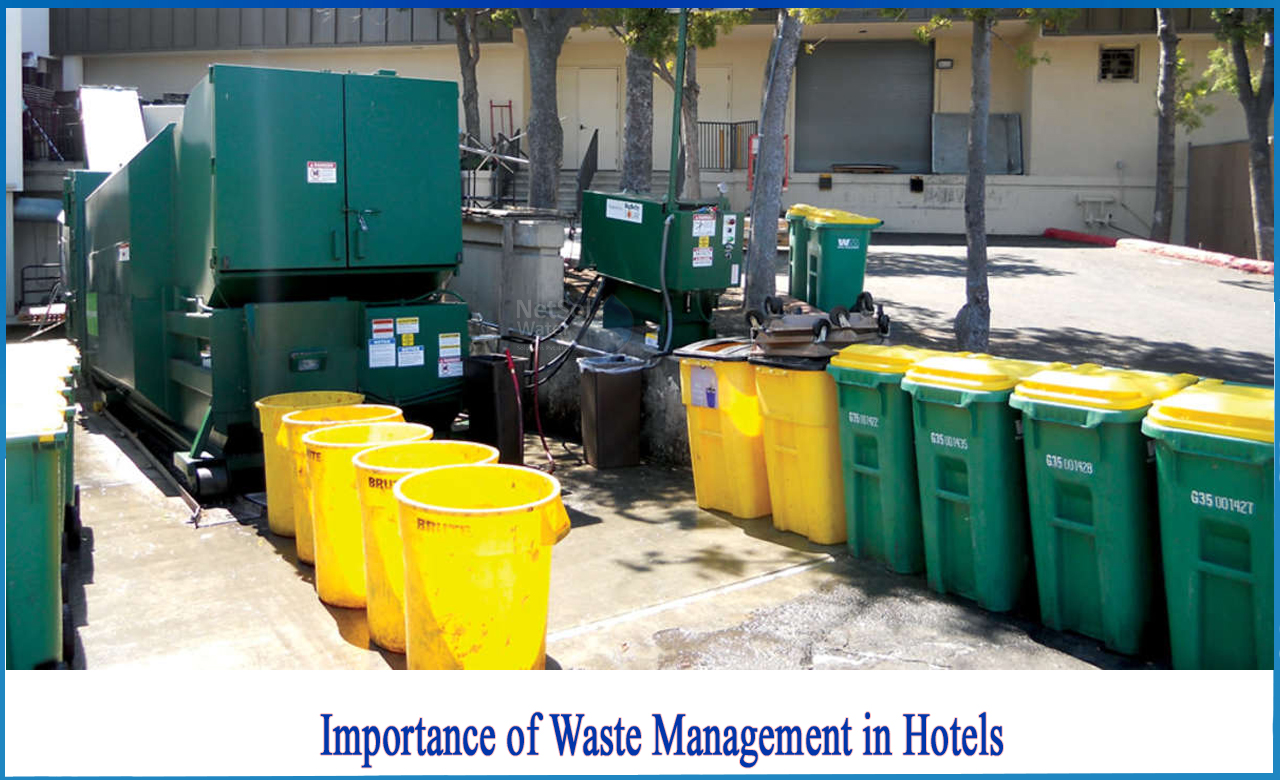The Best Guide To Reclaim Waste
Table of ContentsThe Only Guide for Reclaim WasteThe 10-Second Trick For Reclaim WasteAbout Reclaim Waste9 Simple Techniques For Reclaim WasteNot known Facts About Reclaim Waste
Check out the kinds, occurrences, and forms of liquid waste. Domestic sewer waste refers to the waste and items from a property septic container. This kind of waste is produced by humans in residences, colleges, and other structures. This only includes septic tanks that have a drainpipe field. The correct monitoring and disposal of domestic sewer waste require fluid waste to be transferred to a sewer treatment plant where the correct techniques and equipment are put on cleanse and take care of waste.
Commercial waste commonly includes potential threats, such as flammable products or a mixture of liquid and strong waste items, and needs an extra advanced and detailed disposal process. The disposal of business waste usually entails the filtering of waste prior to transport to ensure risk-free and correct disposal. Industrial waste is created from by-products and drainage of commercial procedures and production.
This kind of waste can not utilize the same sewage management transportation or procedures as septic or business fluids. The hazardous waste management process needs the assessment and screening of fluid waste prior to it undertakes the disposal procedure (liquid waste removal). Overflow waste is the fluid waste that originates from drainage and excess stormwater in highly inhabited areas or cities
Drainage waste can create contamination and flooding if not handled properly. Ensuring correct waste monitoring can protect against catastrophes and decrease ecological injury.
Some Known Factual Statements About Reclaim Waste
Get in touch with PROS Providers today to learn concerning our waste administration and disposal solutions and the appropriate ways to take care of the fluid waste you create.
(https://penzu.com/p/1f225eb6893bd9aa)Do you know what takes place to your water when you end, flush the commode or drain pipes the cleaning device? No? Well, it's worth knowing. This so-called 'wastewater' is not just an essential resource but, after therapy, will be launched to our land, waterways or the sea. Utilized water from commodes, showers, bathrooms, kitchen sinks, washings and industrial procedures is referred to as wastewater.

water used to cool down machinery or tidy plant and equipment). Stormwater, a kind of wastewater, is runoff that moves from farming and metropolitan areas such as roofings, parks, yards, roadways, courses and seamless gutters right into stormwater drains pipes, after rain. Stormwater streams untreated straight to local creeks or rivers, at some point reaching the sea.
Reclaim Waste for Beginners
In Queensland, most wastewater is treated at sewage therapy plants. Wastewater is transported from domestic or industrial sites via a system of sewers and pump stations, called sewerage reticulation, to a sewage treatment plant. Regional governments develop, preserve and operate most sewage therapy plants. Operators are accredited under the Environmental Protection Act 1994 to discharge treated wastewater at an acceptable environmental standard into waterways.
The Division of Natural Resources recommends city governments about handling, operating and keeping sewage systems and treatment plants. In unsewered areas, local federal governments might need owners to mount private or family sewage treatment systems to deal with residential wastewater from bathrooms, kitchen areas, bathrooms and washings. The Department of Natural Resources authorises using home systems when they are verified to be effective.
In some brand-new class, therapy of some stormwater to remove trash, sand and crushed rock has actually started utilizing gross toxin catches. Wastewater treatment happens in four phases: Gets rid of solid matter.
Wastewater after that moves right into big containers where solids work out and are removed as sludge. Oil and scum are skimmed from the surface area. Utilizes little living microorganisms understands as micro-organisms to damage down and remove remaining liquified wastes and fine particles. Micro-organisms and wastes are integrated in the sludge. Eliminates nitrogen and phosphorus nutrients that might trigger algal blossoms in our waterways and intimidate water life.
Not known Facts About Reclaim Waste
Nutrient removal is not offered at all sewage therapy plants due to the fact that it requires pricey specialised devices. Clear liquid effluent produced after treatment may still consist of disease-causing micro-organisms - liquid waste removal melbourne.

Many wastewater flows into the sewage system. Under the Act, regional federal governments provide authorizations and licences for environmentally appropriate activities (ERAs) including wastewater launches that may have a regional effect.
6 Easy Facts About Reclaim Waste Described
Surveillance provides valid info concerning water quality and can confirm that permit problems are being satisfied. The information obtained through tracking offers the you could try this out basis for making water high quality decisions.